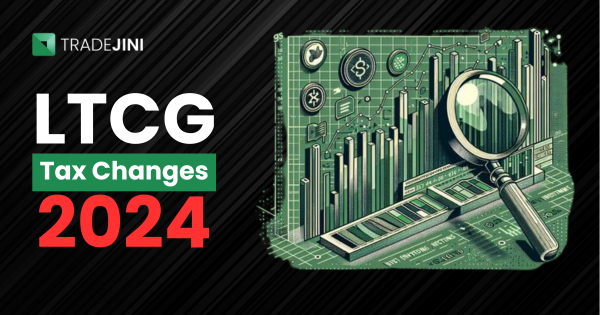Finance Minister Nirmala Sitharaman, in the Budget 2024-25 announced a reduction in the long-term capital gains (LTCG) tax on property sales from 20% to 12.5%. Alongside this reduction, the indexation benefit, which adjusts the cost of property acquisition for inflation, has been removed. This decision impacts various property sellers differently, benefiting some while disadvantaging others.
Understanding the Changes in LTCG Tax
The Memorandum to the Union Budget states, "Simultaneously, with the rationalisation of the rate to 12.5%, indexation available under the second proviso to Section 48 is proposed to be removed for the calculation of any long-term capital gains which is presently available for property, gold, and other unlisted assets. This will ease the computation of capital gains for the taxpayer and the tax administration.”
Who Gains from the New LTCG Tax Rules?
Recent property purchasers
For those who bought the property in 2018-2019, the changes are advantageous. The low inflation rate of 5-6% over a short period makes indexation less beneficial for recent buyers. The significant reduction in LTCG tax to 12.5% offers substantial savings compared to the previous rate of 20%.
Example: Short-Term Holders
Consider a property bought in 2018 for ₹50 lakh and sold in 2024 for ₹70 lakh. Without indexation, the LTCG would be ₹20 lakh. Under the new tax regime, the tax would be 12.5% of ₹20 lakhs, amounting to ₹2.5 lakhs, significantly lower than the previous 20% rate, which would have been ₹4 lakhs.
The new LTCG tax laws hurt who?
Long-term property holders
Those who purchased property a decade or more ago face a disadvantage with the removal of the indexation benefit. For instance, if a property was bought in 2005 for ₹1 lakh and sold now for ₹5 lakh, the entire ₹4 lakh capital gain is taxed at 12.5%. Previously, adjusting for inflation, the indexed cost might be ₹3 lakhs, reducing the taxable gain to ₹2 lakhs and the tax liability to ₹40,000 at the 20% rate. Now, the tax is ₹50,000 at the 12.5% rate, a higher burden despite the reduced tax rate.
Example: Long-Term Holders
A property purchased in 2005 for ₹10 lakhs, adjusted for inflation (Cost Inflation Index 363), might have an indexed cost of ₹36.3 lakhs today. Selling it for ₹50 lakhs means a taxable gain of ₹13.7 lakhs under the old regime, with a tax of ₹2.74 lakhs at 20%. Under the new regime, the entire gain of ₹40 lakhs is taxed at 12.5%, resulting in a tax of ₹5 lakhs.
Special considerations for ancestral properties
For properties bought before 2001, indexation benefits are calculated from 2001 prices. For instance, an ancestral property bought in 1965, considered as purchased in 2001, would use the 2001 price for indexation calculations. If the 2001 value was ₹5 lakhs and sold now for ₹50 lakhs, the indexed cost might be ₹18.15 lakhs (CII 363), leaving a taxable gain of ₹31.85 lakhs under the old regime. The tax would be ₹6.37 lakhs at 20%, versus ₹5.975 lakhs at 12.5% on ₹47.8 lakhs without indexation.
Government’s perspective
For property held for 5 years, if it appreciated 1.7 times or more, the new regime is beneficial. For 10 years, it needs to appreciate 2.4 times or more. A property bought in 2009-10, must increase 4.9 times or more for benefits under the new regime.
‘The reduction in LTCG tax to 12.5% and the removal of the indexation benefit bring both gain and strain’.
Also Read: How the 2024 Tax Rule Change Will Affect Share Buybacks

